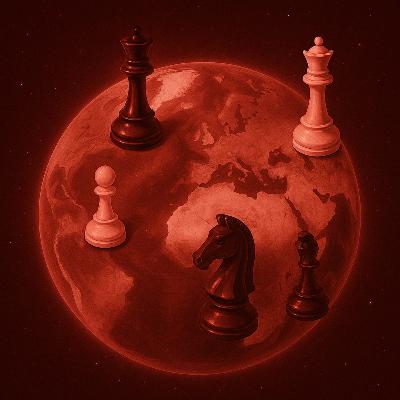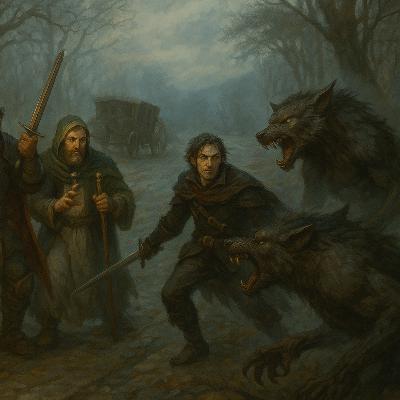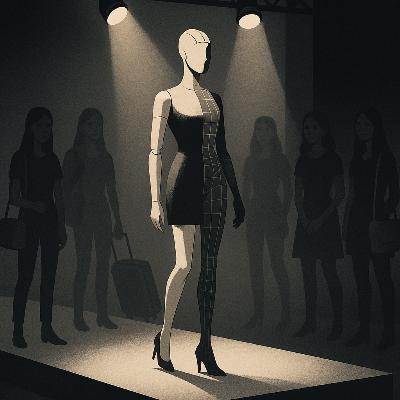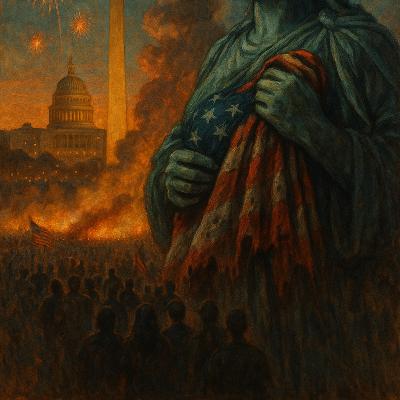Aphantasia Deep Dive by Google NotebookLM via Aphant Chris Abraham
Description
- More about Aphantasia
- On discovering I am an aphant with aphantasia at 50 years old
- I learned about Aphantasia from the Netflix TV show Space Force Season 1 Episode 7
- Truth? There is no truth.
In this episode, Chris Abraham shares his surprising discovery of aphantasia at the age of 50 after watching Space Force on Netflix. Chris explores how this condition, which limits his ability to visualize images in his mind, has shaped his life, memory, and decision-making processes. He reflects on how his realization helped him understand the differences between himself and others who can easily picture mental images. Chris also delves into the broader spectrum of visualization abilities, including hyperphantasia, where individuals have vivid mental imagery, and discusses how these different experiences impact daily life.
Q: What is aphantasia?
A: Aphantasia is a condition where individuals are unable to create mental images in their mind's eye. This means that when they try to visualize something, such as a memory or an imagined scene, their mind remains blank.
Q: How did Chris Abraham discover he had aphantasia?
A: Chris discovered his aphantasia at age 50 while watching Space Force on Netflix. A character mentioned the condition, prompting Chris to realize that his inability to visualize images was not the norm.
Q: Can people with aphantasia dream?
A: Yes, people with aphantasia can dream vividly, but they cannot consciously conjure up images while awake.
Q: Is aphantasia common?
A: Aphantasia affects around 2%-4% of the population, and it exists on a spectrum. Some people have a complete absence of visual imagery, while others may have partial visualization abilities.
Q: Does aphantasia affect memory?
A: Yes, individuals with aphantasia often have difficulty recalling images, faces, or places, relying more on factual memories or other senses like sound and touch to remember things.
Q: How does Chris compensate for his lack of visualization?
A: Chris uses detailed specifications, descriptions, and a logical approach to navigate tasks and remember objects or people. He often relies on written information and external visual aids.
Q: What is the relationship between aphantasia and truth?
A: Chris explores how people with aphantasia experience truth differently. Without internal imagery, they might lean more on facts and external observations rather than subjective interpretations or beliefs based on visual memories.
Aphantasia:
A condition where individuals cannot voluntarily produce mental images.
Mind's Eye:
A term referring to the ability to visualize images and scenes internally. Those with aphantasia lack this ability.
Visualization Spectrum:
Refers to the range of visualization abilities in people, from aphantasia (no mental imagery) to hyperphantasia (extremely vivid mental imagery).
Hyperphantasia:
The opposite of aphantasia, where individuals can produce highly vivid and detailed mental images.
Spec Sheets:
Detailed descriptions or lists used to break down information. Chris uses these as a substitute for mental imagery, referencing specifics to recall details about objects.
Mind Palace:
A mnemonic device used to remember information by mentally placing it in an imagined spatial environment. Those with aphantasia typically do not use this technique due to their lack of mental imagery.
Prosopagnosia:
A condition often associated with aphantasia where individuals have difficulty recognizing faces.

























